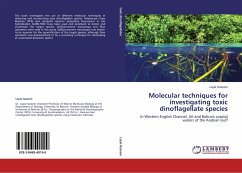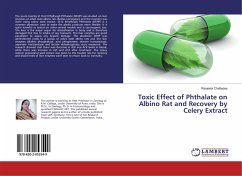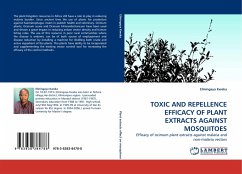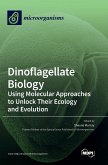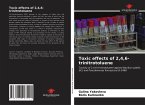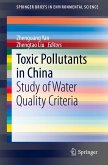This book investigates the use of different molecular techniques in detecting and enumerating toxic dinoflagellate species. Polymerase Chain Reaction (PCR) and catalyzed reporter deposition fluorescent in situ hybridization (CARD-FISH) have been used and optimized to detect and enumerate the target species. Epifluorescence microscopy and flow cytometry were used in this study. Epifluorescence microscope was shown to be superior for the quantification of the target species, although flow cytometer was demonstrated to be a promising technique for developing an automated detection system.
Bitte wählen Sie Ihr Anliegen aus.
Rechnungen
Retourenschein anfordern
Bestellstatus
Storno

